Why Consumer Loyalty Programs Are Crucial for Business Growth
In an era where consumers are overwhelmed by choice, loyalty programs have become one of the most powerful tools businesses can use to drive sustainable growth. They are not just about offering discounts or freebies they are sophisticated systems for nurturing long-term relationships, improving profitability, and transforming one-time buyers into lifelong advocates. This article explores, in depth, how loyalty programs contribute to business growth, why they are indispensable in modern commerce, and how to design them for maximum impact.
1. The Business Imperative: Retention Over Acquisition
For decades, marketing budgets have tilted heavily toward customer acquisition such as advertising, promotions, and influencer campaigns. Yet research consistently shows that retaining existing customers is far more profitable than acquiring new ones.
A loyal customer not only buys more frequently but also spends more per transaction and is more likely to refer others. In fact, increasing customer retention by just 5% can lead to profit growth of 25% to 95%, depending on the industry.
Loyalty programs create structured mechanisms to reinforce this retention. They provide customers with tangible incentives to stay, emotional reasons to connect, and psychological triggers that make switching costly or unattractive.
Simply put: it’s cheaper to keep a customer than to find a new one and loyalty programs make that possible at scale.
2. The Economic Flywheel of Loyalty
A well-designed loyalty program doesn’t just keep customers, it builds a self-reinforcing growth cycle:
Repeat purchases increase revenue consistency. Predictable repeat sales smooth out cash flow volatility.
Data collection improves marketing precision. Loyalty programs yield rich behavioral data such as purchase frequency, preferred categories, and engagement patterns, which power more effective campaigns.
Personalized experiences drive higher lifetime value. When customers feel recognized and understood, they tend to consolidate their spending within that brand ecosystem.
Advocacy amplifies acquisition. Satisfied, loyal customers become promoters who attract new members through word-of-mouth and social sharing.
This creates a compounding effect every repeat transaction improves data quality, which in turn enhances personalization, driving even more loyalty. Over time, this “loyalty loop” reduces reliance on paid advertising and builds an organic growth engine.
3. Psychological Drivers Behind Loyalty Program Success
The success of loyalty programs rests heavily on behavioral psychology. Several well-documented principles explain why customers stay engaged:
Endowment Effect: Once customers earn points or reach a tier, they feel ownership and are motivated to continue engaging to avoid losing that value.
Goal-Gradient Effect: The closer people get to a reward, the faster they work toward achieving it, progress bars and milestone rewards exploit this natural drive.
Social Identity: Tiers, badges, and exclusive memberships allow customers to express belonging and status within a community.
Reciprocity: When a brand gives first, for example, a birthday reward, a personalized thank-you offer then customers feel a social obligation to reciprocate through continued engagement.
Variable Rewards: Occasional surprises or mystery bonuses sustain excitement, creating emotional highs that strengthen attachment to the brand.
By designing programs around these cognitive and emotional triggers, businesses can ensure customers remain not only active but also emotionally invested.
4. Loyalty as a Data and Personalization Engine
Data is the lifeblood of modern marketing, and loyalty programs are one of the most powerful tools for gathering it ethically. Every time a customer joins a program, redeems a reward, or engages with an offer, they generate valuable first-party data and insights that are increasingly vital in a post-cookie world.
Loyalty-driven data allows companies to:
Build 360° customer profiles, combining transaction history, preferences, and engagement behavior.
Deliver personalized recommendations that increase conversion and satisfaction.
Identify churn risk early through declining engagement or inactivity patterns.
Optimize inventory and promotions based on real-time demand signals.
For example, a coffee chain can identify that weekday morning customers respond best to “double points before 9 AM” campaigns, while weekend visitors prefer “free size upgrade” offers. This level of precision transforms loyalty programs into intelligent growth systems.
5. Strengthening Brand Equity and Emotional Connection
Loyalty programs can transform a transactional relationship into an emotional one. Customers begin to associate positive feelings like achievement, recognition, belonging with the brand.
When a brand consistently rewards engagement, communicates appreciation, and creates experiences rather than mere discounts, it builds emotional equity, which is an intangible yet powerful asset that protects against competitors.
Apple, Starbucks, and Sephora exemplify this. Their loyalty ecosystems are not about cheap rewards; they’re about belonging to a community that reflects identity and lifestyle. Members feel part of something larger, and that attachment drives growth that advertising alone can’t replicate.
6. How Loyalty Programs Drive Revenue Growth
Beyond psychology, loyalty programs deliver measurable financial outcomes. Here’s how they directly and indirectly increase profitability:
1. Higher Average Order Value (AOV)
Customers enrolled in loyalty programs often spend more per visit. When they’re close to a redemption threshold or tier upgrade, they tend to add extra items to “get there faster.”
2. Increased Purchase Frequency
Ongoing incentives and targeted communications prompt more visits and reduce gaps between purchases.
3. Reduced Marketing Costs
Retaining a loyal base reduces dependency on expensive ad campaigns. Instead of constantly chasing new buyers, marketing can focus on deepening relationships with known, responsive audiences.
4. Cross-Selling and Up-Selling Opportunities
Through data-driven insights, brands can recommend complementary products or premium versions tailored to member preferences.
5. Customer Advocacy and Referrals
Loyal customers are more likely to recommend brands they trust. Referral bonuses within loyalty ecosystems turn members into unpaid marketers.
When executed correctly, these combined effects can significantly lift customer lifetime value (CLV) the most critical metric for sustainable business growth.
7. The Role of Loyalty in Competitive Differentiation
In highly competitive industries like retail, hospitality, and e-commerce, differentiation is not only about price or product, it’s about experience.
A loyalty program that delivers a superior experience can create switching barriers even in commodity markets. Airlines, for instance, rely heavily on loyalty programs to lock in frequent travelers through miles, upgrades, and elite tiers. Similarly, grocery chains and online marketplaces use points systems and subscription perks to ensure customers stay within their ecosystem.
Moreover, loyalty programs can turn transactional data into strategic advantage. Competitors can copy products or pricing but not a proprietary dataset built from years of customer interactions. This makes loyalty infrastructure a long-term competitive moat.
8. Key Ingredients of a High-Impact Loyalty Program
To achieve measurable growth, a loyalty program must be designed around both customer psychology and business economics. The following elements are critical:
Clear Value Proposition – Members should immediately understand the benefit of joining and staying.
Ease of Use – Enrollment, tracking, and redemption should be frictionless across web, app, and in-store touchpoints.
Personalization – Offers and rewards should reflect individual preferences, not generic discounts.
Tiered Recognition – Create aspirational milestones that reward loyalty beyond mere spending.
Data Transparency and Trust – Be upfront about how data is used, ensuring privacy compliance and customer confidence.
Omnichannel Integration – Loyalty should work seamlessly across online and offline interactions.
Dynamic Evolution – Regularly update rewards, features, and engagement mechanics to keep the program relevant.
Businesses that excel in these areas see stronger engagement, better data quality, and long-term profitability.
9. Common Pitfalls That Stunt Growth
While loyalty programs can be growth engines, many fail to deliver because of avoidable design flaws:
Overreliance on discounts, eroding margins without building genuine loyalty.
Complex redemption processes that frustrate users.
Lack of differentiation, making the program a generic copy of competitors.
Neglecting emotional engagement, treating members as data points rather than people.
Failure to communicate value, leaving customers unaware of benefits.
Avoiding these traps requires continuous optimization, A/B testing, and a deep understanding of customer motivations.
10. The Future of Loyalty: From Points to Personalization
As technology evolves, loyalty programs are moving beyond static point systems toward dynamic, data-driven ecosystems.
Emerging trends include:
AI-powered personalization, predicting what reward will most likely influence a customer’s next purchase.
Experience-based rewards, such as exclusive events or early product access instead of just discounts.
Subscription-style loyalty, where customers pay for premium benefits (e.g., Amazon Prime).
Sustainability-linked programs, rewarding eco-friendly behaviors or charitable contributions.
In the future, loyalty will not be defined by points collected but by how deeply customers feel understood and valued.
11. Conclusion: Loyalty as a Growth Strategy
Consumer loyalty programs are no longer optional, they are strategic growth engines that connect customer psychology with business performance.
They lower acquisition costs, increase lifetime value, and generate continuous feedback loops through data. More importantly, they foster emotional bonds that shield brands from competitive threats.
A well-executed loyalty program transforms customers into partners, not just in transactions, but in shared growth. Businesses that invest in understanding and rewarding their loyal base are, in essence, investing in their most valuable asset: relationships that compound over time.

